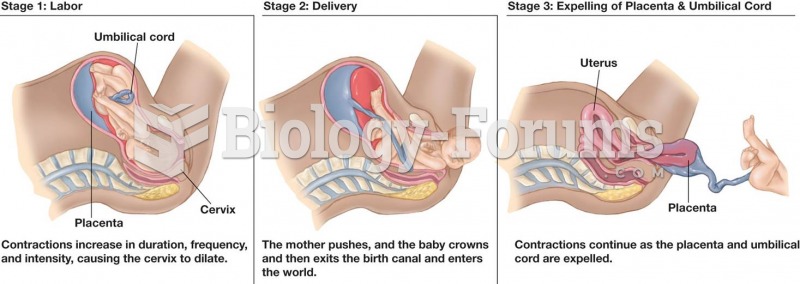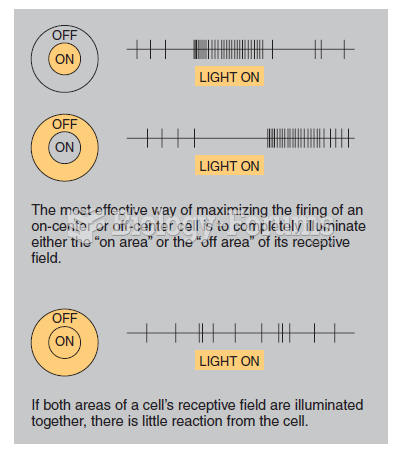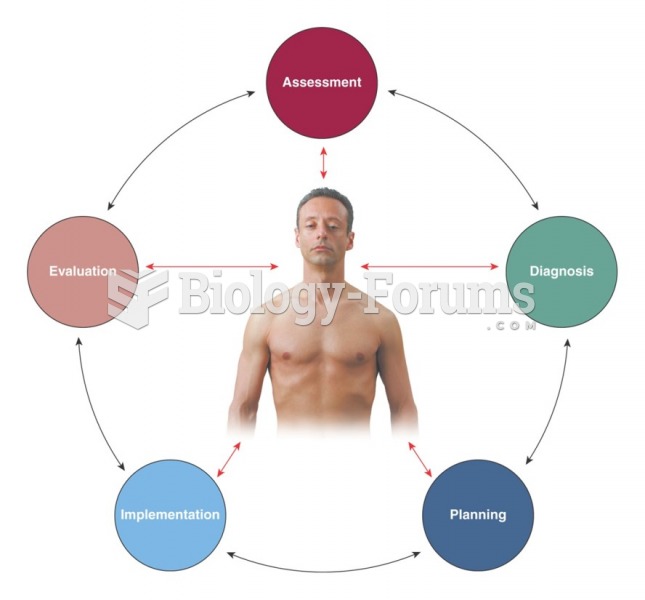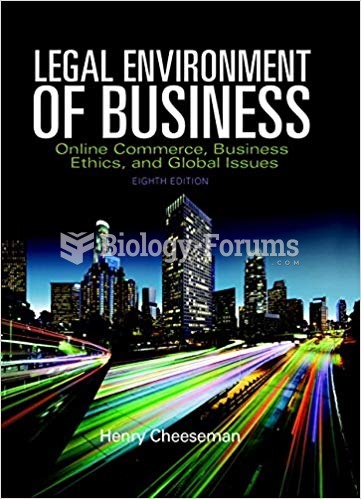Answer to Question 1
The consumer buying decision process includes five stages: problem recognition, information search, evaluation of alternatives, purchase, and post-purchase evaluation. First, this process can be affected by numerous influences, which are categorized as situational, psychological, and social. Second, the actual act of purchasing is usually not the first stage of the process. Third, not all decision processes lead to a purchase-individuals can end the process at any stage. Finally, not all consumer decisions include all five stages.
Like consumers, businesses follow a buying decision process. In the first stage, one or more individuals recognize that a problem or need exists. Problem recognition may arise under a variety of circumstances-for instance, when machines malfunction or a firm modifies an existing product or introduces a new one. It may be individuals in the buying center or other individuals in the firm who initially recognize that a problem exists.
The second stage of the process, development of product specifications, requires that buying center participants assess the problem or need and determine what is necessary to resolve or satisfy it. During this stage, users and influencers, such as engineers, provide information and advice for developing product specifications. By assessing and describing needs, the organization should be able to establish product specifications.
Searching for and evaluating potential products and suppliers is the third stage in the decision process. Search activities may involve looking in company files and trade directories, contacting suppliers for information, soliciting proposals from known vendors, and examining various online and print publications.
The results of deliberations and assessments in the third stage are used during the fourth stage of the process to select the product to be purchased and the supplier. In some cases the buyer selects and uses several suppliers, a process known as multiple sourcing. Firms with federal government contracts are generally required to have several sources for an item to ensure a steady supply. At times, only one supplier is selected, a situation called sole sourcing.
During the fifth stage, the product's performance is evaluated by comparing it with specifications. Sometimes the product meets the specifications, but its performance fails to adequately solve the problem or satisfy the need recognized in the first stage. In that case, product specifications must be adjusted. The supplier's performance is also evaluated during this stage. If supplier performance is inadequate, the business purchaser seeks corrective action from the supplier or searches for a new one. Results of the evaluation become useful feedback in future business purchase decisions. This business buying decision process is used in its entirety primarily for new-task purchases. Several stages, but not necessarily all, are used for modified rebuy and straight rebuy situations.
Answer to Question 2
D







